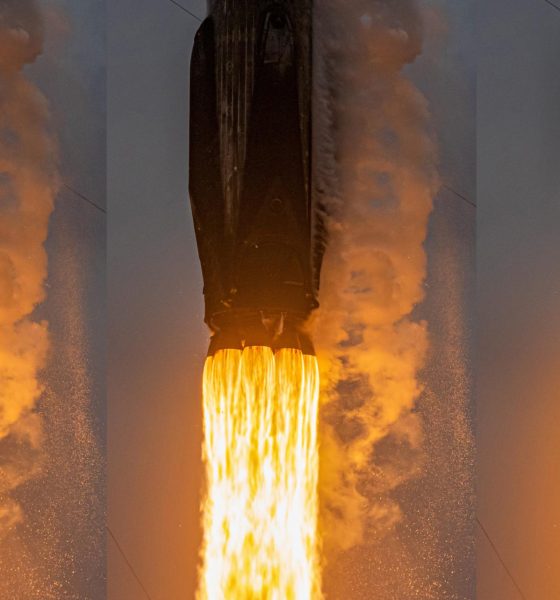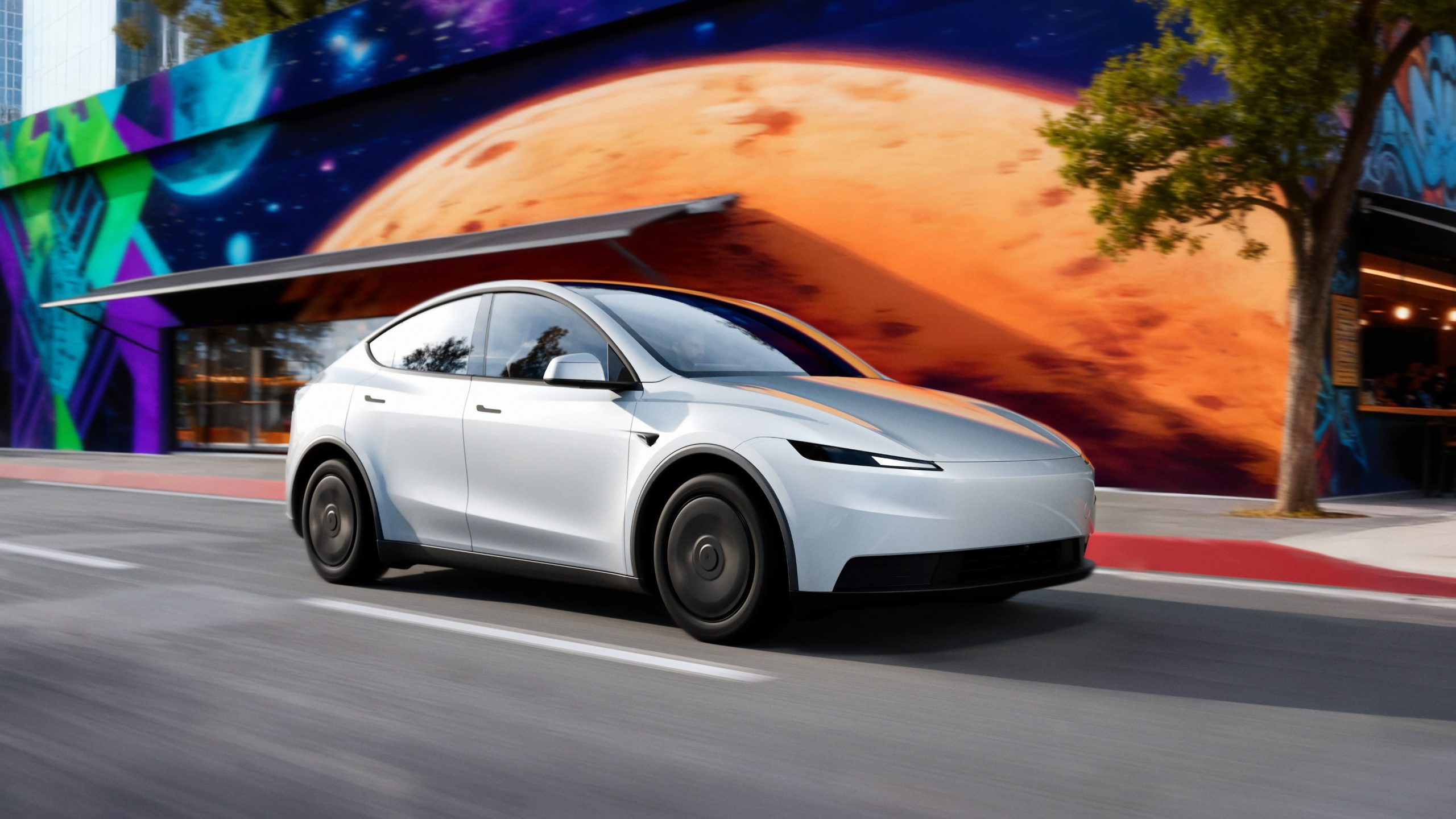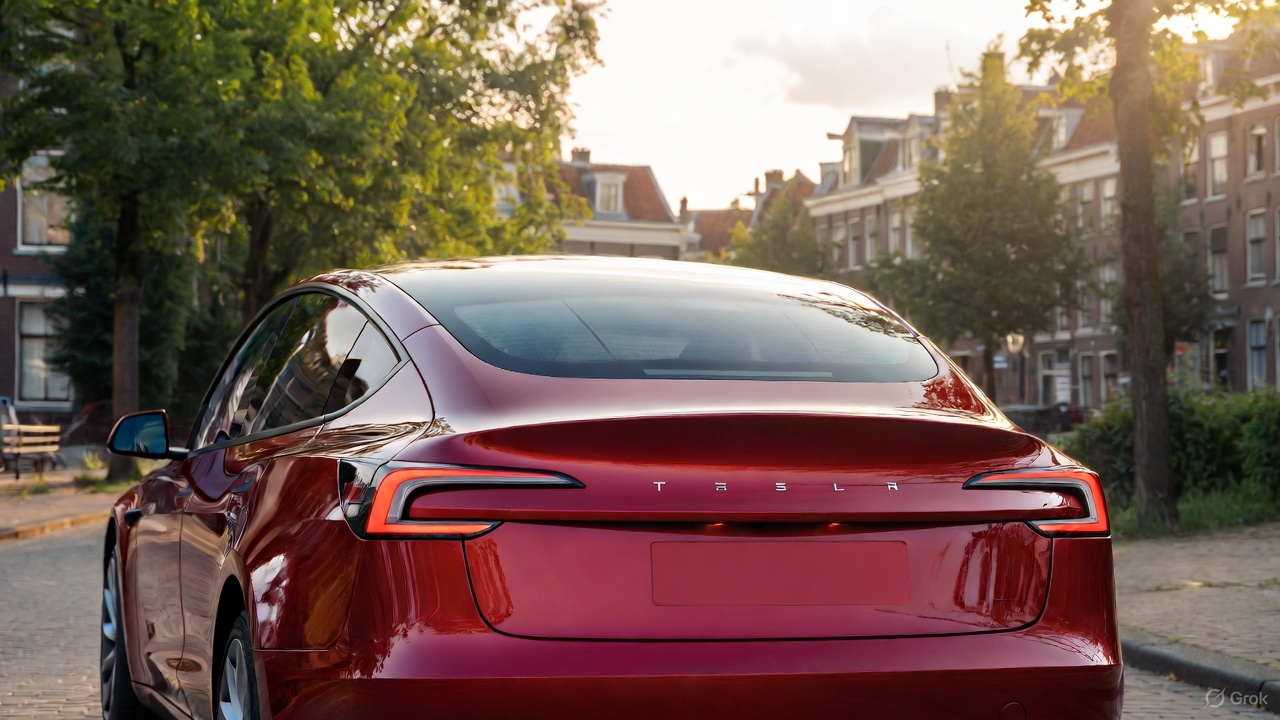

News
SpaceX to kick off launch triple-header with record-breaking Falcon reuse
SpaceX appears to be on track to launch a trio of Falcon 9 rockets in as few as 36 hours, beginning with a Starlink mission on June 17th.
Enabled in part by delays to an unrelated Cargo Dragon launch that recently slipped from June 7th to July 11th, a Falcon 9 rocket is scheduled to launch Starlink 4-19 out of SpaceX’s leased NASA Kennedy Space Center LC-39A pad no earlier than (NET) 12:08 pm EDT (16:08 UTC) on Friday, June 17th. Beyond kicking off a very busy weekend for SpaceX, the otherwise ordinary mission will be significant for a number of reasons previously discussed on Teslarati.
“Starlink 4-19 will be the 100th reuse of a Falcon booster since the first in March 2017. If all goes well, it will also mark SpaceX’s 50th consecutively successful Falcon booster landing and Falcon 9’s 130th consecutively successful launch campaign – just four successes away from breaking the world record of 133 consecutive successes set by variants of Russia’s Soyuz/R-7 rocket.”
In addition to those milestones, SpaceX recently confirmed that it assigned Falcon 9 booster B1060 to the launch. Since its debut in June 2020, B1060 has supported three commercial launches (GPS III SV03, Turksat 5A, Transporter-2) and nine Starlink launches, helping to deliver around 160 metric tons (~350,000 lb) of satellites to orbit in two years. Starlink 4-19 will be its 13th launch – the first time any Falcon booster has attempted to surpass a dozen flights. Starlink 4-19’s payload will be another 53 Starlink V1.5 satellites weighing around 16 tons (~35,250 lb), likely raising the total number of working Starlink satellites in orbit above 2400.
Following Starlink 4-19, SpaceX confirmed on Thursday that another Falcon 9 rocket is scheduled to launch a set of rideshare payloads and Germany’s SARah-1 radar satellite from Vandenberg Space Force Base (VSFB), California at 7:19 am PDT (14:19 UTC) on Saturday, June 18th. SpaceX won the contract to launch all three planned SARah satellites in 2013, at which point the first launch was expected to occur in 2018. The payloads are light enough that the mission’s unknown Falcon 9 booster will be able to boost back to shore and land just a thousand feet from where it lifted off after carrying them most of the way to space.
Just half a day after SARah-1, a third Falcon 9 rocket could lift off from LC-40 – SpaceX’s second East Coast pad – with a single spare Globalstar-2 communications satellite and one or more secret military satellites at 12:27 am EDT (04:27 UTC) on Sunday, June 19th. Falcon 9 booster B1061 is likely assigned to the launch and was spotted on a transporter – new, expendable upper stage already installed – on June 14th, probably heading from SpaceX’s main integration hangar to Cape Canaveral Space Force Station’s (CCSFS) LC-40 pad.
Given the difficult nature of orbital spaceflight, all three missions could run into minor delays, but if all fly as they are currently scheduled, SpaceX will have completed three orbital launches in 36 hours and 19 minutes. Starlink 4-19 and SARah-1 could also lift off just 10 hours apart.
SpaceX has two more missions tentatively scheduled in June. SES-22 could launch from the same pad as Globalstar-2 M087 (LC-40) as early as June 28th. While significantly less likely, NextSpaceflight.com suggests that SpaceX may also try to squeeze another Starlink launch – 4-21 – out of Pad 39A in late June. The margins for that opportunity are slim, however, as SpaceX will likely need to begin converting Pad 39A for Cargo Dragon’s July 11th launch by July 1st at the latest.
Tune in below around 11:55 am EDT to watch SpaceX’s record-breaking Starlink 4-19 launch live.

Elon Musk
Tesla CEO Elon Musk sends rivals dire warning about Full Self-Driving

Tesla CEO Elon Musk revealed today on the social media platform X that legacy automakers, such as Ford, General Motors, and Stellantis, do not want to license the company’s Full Self-Driving suite, at least not without a long list of their own terms.
“I’ve tried to warn them and even offered to license Tesla FSD, but they don’t want it! Crazy,” Musk said on X. “When legacy auto does occasionally reach out, they tepidly discuss implementing FSD for a tiny program in 5 years with unworkable requirements for Tesla, so pointless.”
I’ve tried to warn them and even offered to license Tesla FSD, but they don’t want it! Crazy …
When legacy auto does occasionally reach out, they tepidly discuss implementing FSD for a tiny program in 5 years with unworkable requirements for Tesla, so pointless. 🤷♂️
🦕 🦕
— Elon Musk (@elonmusk) November 24, 2025
Musk made the remark in response to a note we wrote about earlier today from Melius Research, in which analyst Rob Wertheimer said, “Our point is not that Tesla is at risk, it’s that everybody else is,” in terms of autonomy and self-driving development.
Wertheimer believes there are hundreds of billions of dollars in value headed toward Tesla’s way because of its prowess with FSD.
A few years ago, Musk first remarked that Tesla was in early talks with one legacy automaker regarding licensing Full Self-Driving for its vehicles. Tesla never confirmed which company it was, but given Musk’s ongoing talks with Ford CEO Jim Farley at the time, it seemed the Detroit-based automaker was the likely suspect.
Tesla’s Elon Musk reiterates FSD licensing offer for other automakers
Ford has been perhaps the most aggressive legacy automaker in terms of its EV efforts, but it recently scaled back its electric offensive due to profitability issues and weak demand. It simply was not making enough vehicles, nor selling the volume needed to turn a profit.
Musk truly believes that many of the companies that turn their backs on FSD now will suffer in the future, especially considering the increased chance it could be a parallel to what has happened with EV efforts for many of these companies.
Unfortunately, they got started too late and are now playing catch-up with Tesla, XPeng, BYD, and the other dominating forces in EVs across the globe.
News
Tesla backtracks on strange Nav feature after numerous complaints

Tesla is backtracking on a strange adjustment it made to its in-car Navigation feature after numerous complaints from owners convinced the company to make a change.
Tesla’s in-car Navigation is catered to its vehicles, as it routes Supercharging stops and preps your vehicle for charging with preconditioning. It is also very intuitive, and features other things like weather radar and a detailed map outlining points of interest.
However, a recent change to the Navigation by Tesla did not go unnoticed, and owners were really upset about it.
For trips that required multiple Supercharger stops, Tesla decided to implement a naming change, which did not show the city or state of each charging stop. Instead, it just showed the business where the Supercharger was located, giving many owners an unwelcome surprise.
However, Tesla’s Director of Supercharging, Max de Zegher, admitted the update was a “big mistake on our end,” and made a change that rolled out within 24 hours:
The naming change should have happened at once, instead of in 2 sequential steps. That was a big miss on our end. We do listen to the community and we do course-correct fast. The accelerated fix rolled out last night. The Tesla App is updated and most in-car touchscreens should…
— Max (@MdeZegher) November 20, 2025
The lack of a name for the city where a Supercharging stop would be made caused some confusion for owners in the short term. Some drivers argued that it was more difficult to make stops at some familiar locations that were special to them. Others were not too keen on not knowing where they were going to be along their trip.
Tesla was quick to scramble to resolve this issue, and it did a great job of rolling it out in an expedited manner, as de Zegher said that most in-car touch screens would notice the fix within one day of the change being rolled out.
Additionally, there will be even more improvements in December, as Tesla plans to show the common name/amenity below the site name as well, which will give people a better idea of what to expect when they arrive at a Supercharger.
News
Dutch regulator RDW confirms Tesla FSD February 2026 target
The regulator emphasized that safety, not public pressure, will decide whether FSD receives authorization for use in Europe.

The Dutch vehicle authority RDW responded to Tesla’s recent updates about its efforts to bring Full Self-Driving (Supervised) in Europe, confirming that February 2026 remains the target month for Tesla to demonstrate regulatory compliance.
While acknowledging the tentative schedule with Tesla, the regulator emphasized that safety, not public pressure, will decide whether FSD receives authorization for use in Europe.
RDW confirms 2026 target, warns Feb 2026 timeline is not guaranteed
In its response, which was posted on its official website, the RDW clarified that it does not disclose details about ongoing manufacturer applications due to competitive sensitivity. However, the agency confirmed that both parties have agreed on a February 2026 window during which Tesla is expected to show that FSD (Supervised) can meet required safety and compliance standards. Whether Tesla can satisfy those conditions within the timeline “remains to be seen,” RDW added.
RDW also directly addressed Tesla’s social media request encouraging drivers to contact the regulator to express support. While thanking those who already reached out, RDW asked the public to stop contacting them, noting these messages burden customer-service resources and have no influence on the approval process.
“In the message on X, Tesla calls on Tesla drivers to thank the RDW and to express their enthusiasm about this planning to us by contacting us. We thank everyone who has already done so, and would like to ask everyone not to contact us about this. It takes up unnecessary time for our customer service. Moreover, this will have no influence on whether or not the planning is met,” the RDW wrote.
The RDW shares insights on EU approval requirements
The RDW further outlined how new technology enters the European market when no existing legislation directly covers it. Under EU Regulation 2018/858, a manufacturer may seek an exemption for unregulated features such as advanced driver assistance systems. The process requires a Member State, in this case the Netherlands, to submit a formal request to the European Commission on the manufacturer’s behalf.
Approval then moves to a committee vote. A majority in favor would grant EU-wide authorization, allowing the technology across all Member States. If the vote fails, the exemption is valid only within the Netherlands, and individual countries must decide whether to accept it independently.
Before any exemption request can be filed, Tesla must complete a comprehensive type-approval process with the RDW, including controlled on-road testing. Provided that FSD Supervised passes these regulatory evaluations, the exemption could be submitted for broader EU consideration.








